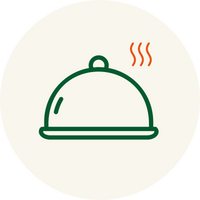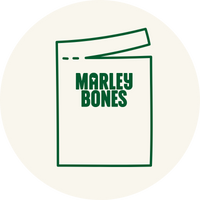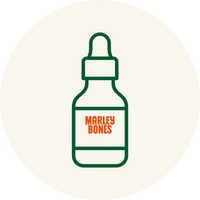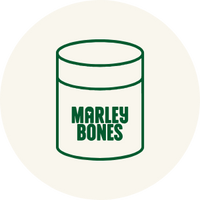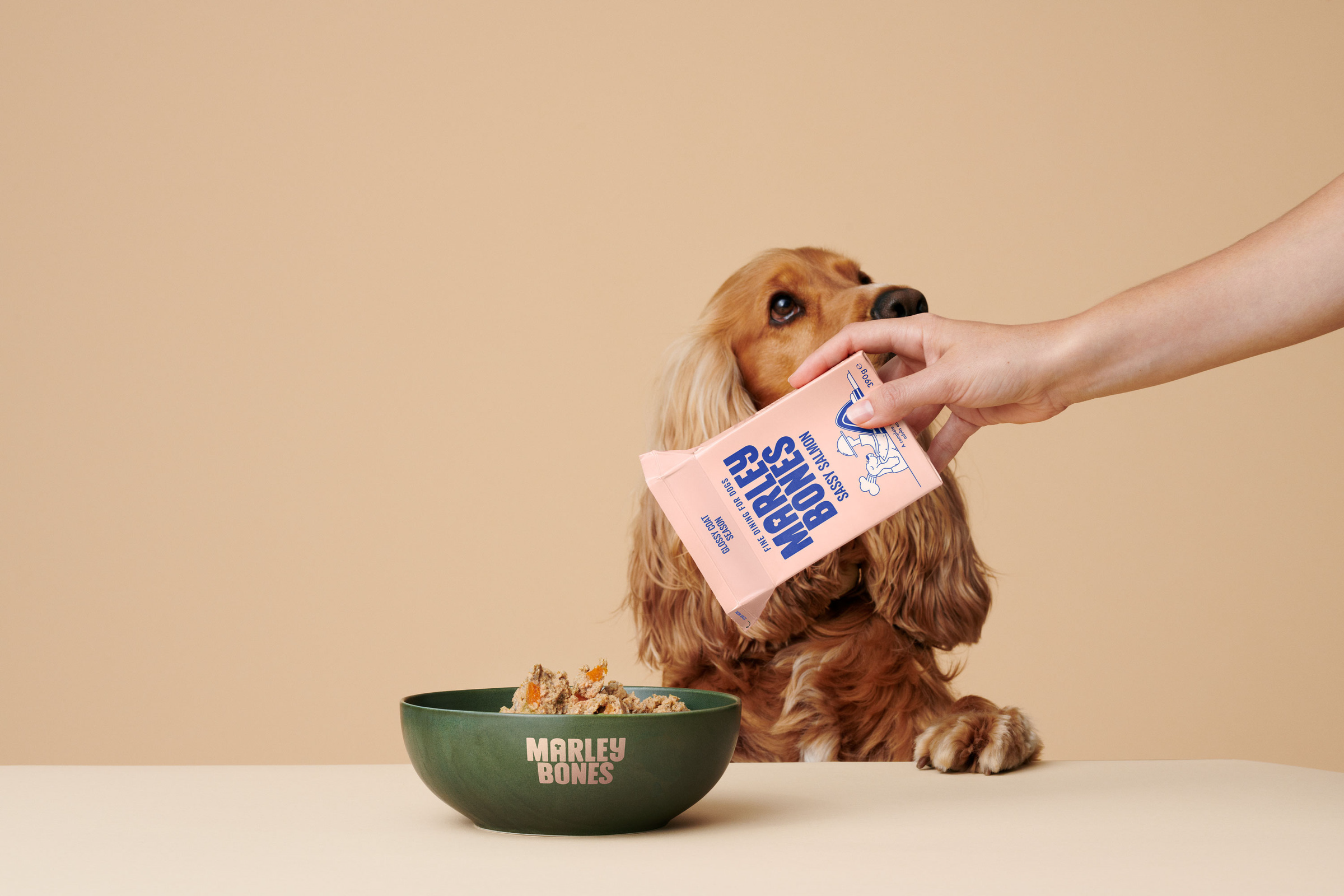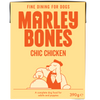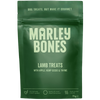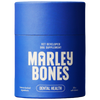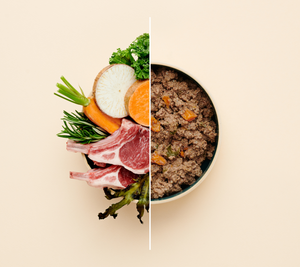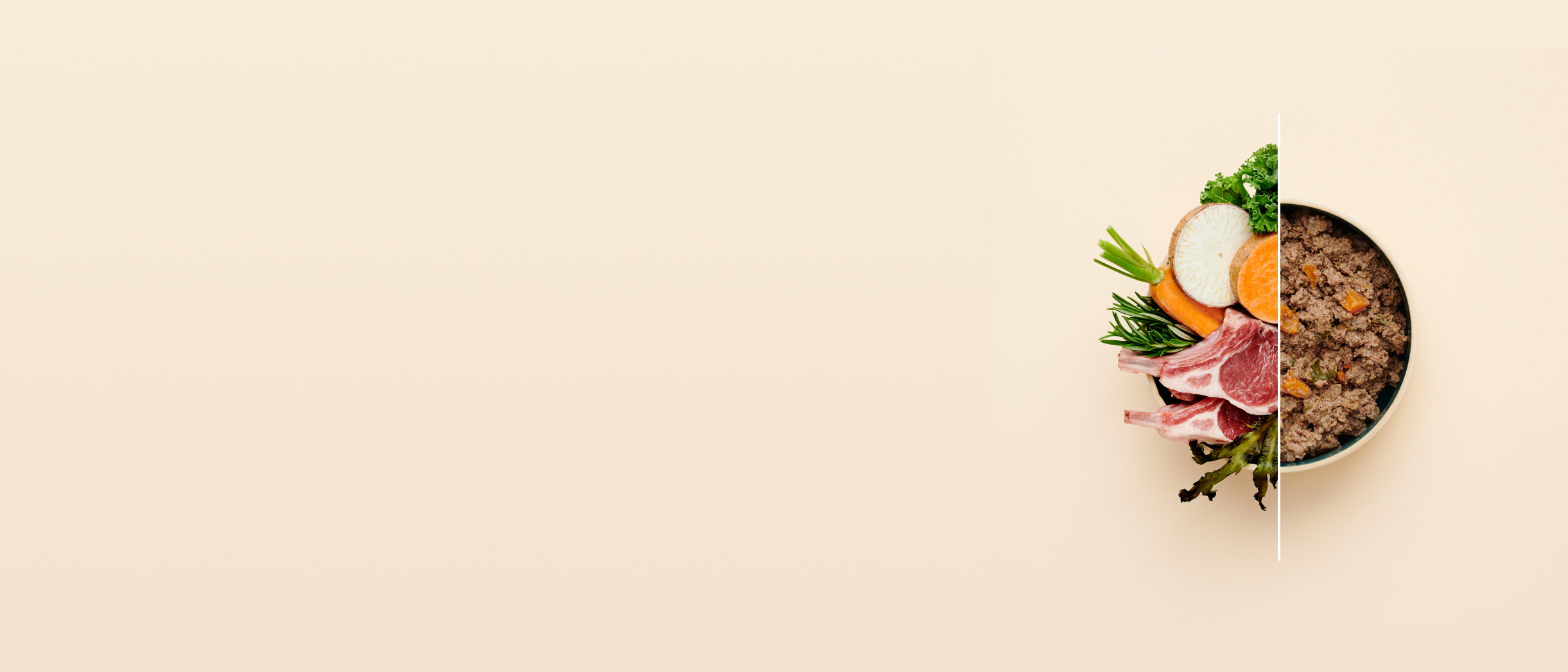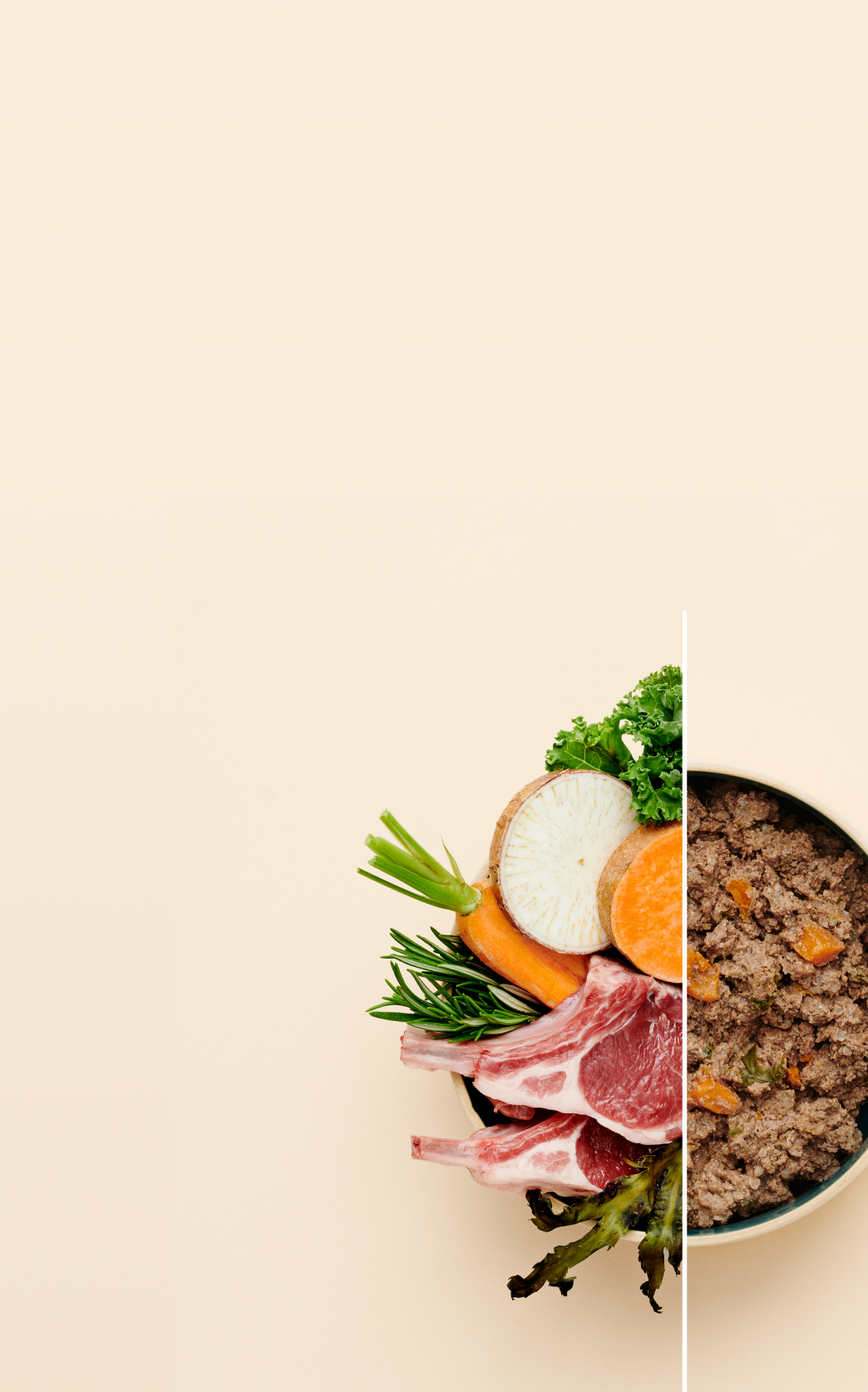Do Labs Shed? The Truth About Labrador Retriever Shedding
Labrador Retrievers – or Labs, as they’re affectionately known – are one of the most popular dog breeds in the UK. Known for their loyalty, good nature, and suitability for families, they’re a joy to have in your life. But if you're considering a Lab, or already own one, you’ve likely asked the question: Do Labs shed?
The simple answer is yes – and often more than people expect. But with the right care, grooming, and nutrition, you can manage your Lab’s shedding and keep both their coat and your home in great shape.
Why Do Labradors Shed?
Labradors have a double-layered coat made up of a water-resistant topcoat and a thick, insulating undercoat. This coat is designed to protect them in all weather – but it also means regular shedding is completely normal.
Year-Round Shedding: Labs shed all year, though it’s typically light and consistent outside of the major seasonal changes.
Seasonal "Blow-Outs": In spring and autumn, your Lab will go through heavier periods of shedding – often called “coat blowing.” This is when they lose their old coat to make way for a new one suited to the changing temperatures. You’ll notice far more loose fur during these transitions.
Health and Diet Factors: Poor nutrition, stress, or underlying health conditions can make shedding worse. If your Lab’s coat looks dull, patchy, or you’re noticing more hair than usual, it may be time to check their diet or consult a vet.

How To Manage Labrador Shedding
Brush Frequently and Properly
Brushing is the most effective way to reduce shedding. Aim to brush your Lab at least once a week during quieter months, and several times a week during shedding season.
Use a deshedding tool or a rubber curry brush to reach the undercoat, where most loose hair builds up. Always brush gently in the direction of hair growth, working through one section of the coat at a time. Pay special attention to areas like the belly, sides, tail, and legs – these are often missed and can become tangled.
After brushing, you can wipe your Lab down with a damp cloth to catch any remaining loose hairs.
Brushing isn’t just good for their coat – it also helps strengthen the bond between you and your dog, and gives you a chance to check their skin for any unusual bumps, dry patches or irritation.
Make Time for Nail Care
While not directly linked to shedding, grooming should include regular nail trimming. Overgrown nails can cause discomfort, affect posture, and even lead to stress – which, in turn, can contribute to hair loss.
Check your Lab’s nails every few weeks. If you hear them clicking on hard floors, it’s time for a trim. If you're unsure about technique or your dog is nervous, a groomer or vet nurse can help.
Feed for Coat Health
A shiny, healthy coat starts with proper nutrition. Labradors need a diet rich in high-quality protein, essential fatty acids like Omega-3 and Omega-6, and key vitamins such as Vitamin E. These nutrients support skin barrier function and coat condition, reducing unnecessary shedding.
Choose food made with fresh ingredients and free from fillers or artificial additives. If possible, look for recipes specifically formulated for coat and skin health.
If your Lab’s diet is lacking – or if you notice sudden changes in their coat – speak to your vet. A nutritional deficiency may be behind it.
Make Grooming a Positive Experience
Labs are known for being food-motivated and eager to please, which can make grooming much easier if introduced early. Start brushing and handling their paws from a young age, using praise and treats to build a positive association.
Keep sessions short and relaxed. You don’t need to groom your Lab all at once – a few minutes here and there is often more effective than trying to get it all done in one go. Choose a calm environment and avoid rushing. Over time, your Lab will begin to enjoy the process.

When Shedding Might Signal a Problem
Some shedding is completely normal. But if your Lab is losing hair in clumps, has bald patches, or shows signs of irritation, it’s worth getting them checked by a vet.
Excessive shedding can be linked to:
- Allergies (environmental or dietary)
- Skin infections
- Parasites (like fleas or mites)
- Stress or anxiety
- Hormonal imbalances
- Poor diet
Keep an eye on your dog’s coat and skin. Regular grooming will help you spot any changes early.
The Final Woof
Labrador Retrievers are wonderful, loyal companions – but yes, they do shed. Quite a lot, in fact. Their double coat means shedding is a part of life, especially during seasonal changes.
But with a bit of planning, regular brushing, proper nutrition, and a calm grooming routine, shedding doesn’t need to be a daily frustration. It’s simply part of caring for a breed that gives so much back in return.
If you’re prepared to invest a little time each week, you’ll not only keep your home cleaner, but you’ll help your Lab look and feel their best.

